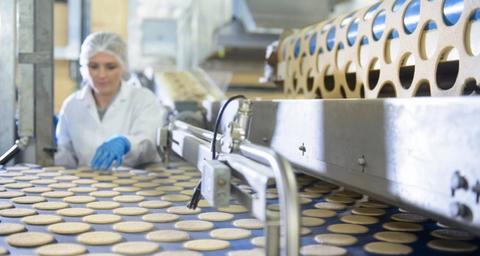The High Stakes of Poor Pest Management in Food Processing
Inadequate pest management in the food processing industry can lead to severe consequences, affecting food safety, regulatory compliance, financial stability, and brand reputation.
Let’s explore the key risks and impacts of pest infestations in this critical sector.
Regulatory Non-Compliance
Food processing facilities must adhere to strict food safety and sanitation regulations. Inadequate pest management can lead to regulatory violations, resulting in fines, legal penalties, and even the suspension or shutdown of operations.
Customer and Employee Lawsuits
If consumers become ill or harmed after consuming contaminated food, they may file lawsuits against the company for negligence, product liability, or breach of implied warranty.
Similarly, employees working in facilities with poor pest management may pursue legal action for workplace safety violations, hazardous working conditions, or injuries caused by pest-related incidents.
What Happens When Pests Are Found in a Food Processing Facility?
With the right Integrated Pest Management (IPM) program, pest infestations should be identified promptly, before they cause significant problems. Below are the essential steps facilities should take when an infestation occurs:
- Immediate Response
The facility initiates an immediate response to contain the infestation. This may involve isolating the affected area, removing contaminated products, and assessing the extent of the issue. - Identification and Assessment
The pest type is identified, and an assessment is conducted to determine the source and scope of the infestation. Professional monitoring devices can help identify hidden or difficult-to-reach areas. - Root Cause Analysis
A detailed investigation is carried out to determine how the pests entered the facility. This may include reviewing monitoring device footage, analyzing sensor data, inspecting potential entry points (such as cracks in walls, doors, windows, or vents), and evaluating sanitation and storage practices. - Pest Control Measures
Based on the assessment, appropriate control measures are implemented to eliminate the infestation and prevent recurrence. This may involve traps, baits, pesticides, or other IPM techniques. - Sanitization and Cleaning
The affected areas are thoroughly cleaned and sanitized to remove all traces of pests and contamination, preventing the spread of pathogens. - Preventive Measures
After addressing the immediate infestation, preventive measures are implemented to minimize future risks. These may include continuous monitoring, regular inspections, infrastructure maintenance, and employee training on pest prevention protocols. Leading pest control companies use advanced data analytics, sensors, and cameras to detect even the smallest signs of pests. - Documentation and Reporting
All findings, actions taken, and preventive measures are documented in the customer portal for regulatory compliance and future reference. - Reassessment and Monitoring
Regular reassessment and monitoring are conducted to ensure the effectiveness of pest control measures and to detect any new infestations.
How to Prevent Pest Contamination in the Food Industry
Prevention and monitoring are crucial to avoiding production damage and audit failures. With strict safety regulations in the FMCG industry, vigilance is never excessive.
Fostering a culture of continuous improvement in pest management is essential. Regularly review and assess the effectiveness of current pest management practices, identify areas for improvement, and implement changes to strengthen prevention efforts.
Compliance with industry standards and regulations is key to protecting your facility's reputation and ensuring consumer confidence in the safety and quality of your products.
Let’s explore the most effective methods for preventing pest contamination in the food industry.
Training your employees in pest control
Ensuring a pest-free work environment is impossible without the cooperation and involvement of your employees.
By equipping your team with the knowledge and skills to identify, prevent and manage pest problems, you will not only ensure the quality of your products, but also contribute to a healthier and safer working environment.
Let's explore how a well-trained team can be your first line of defense against food pest challenges. We'll also look at best practices for employee training.

